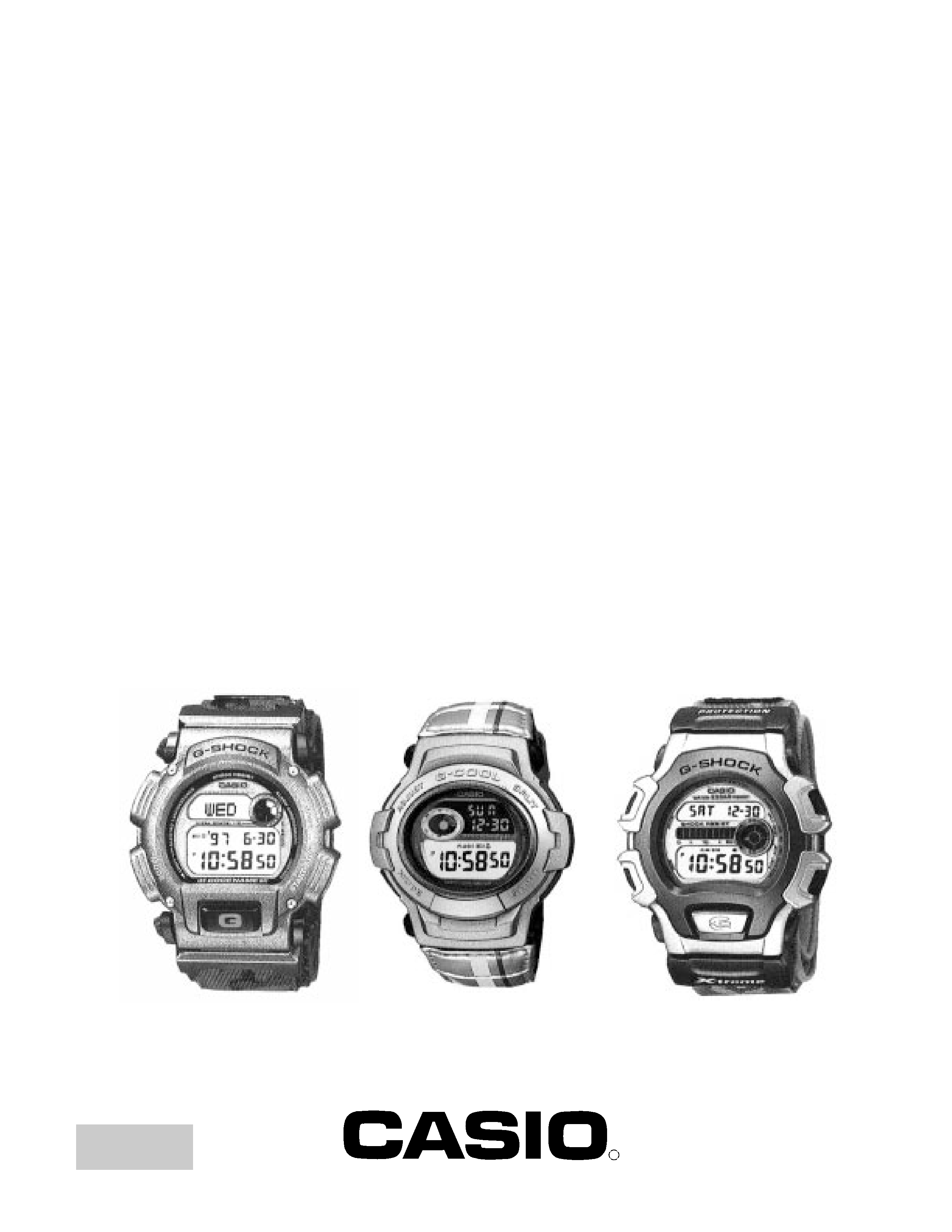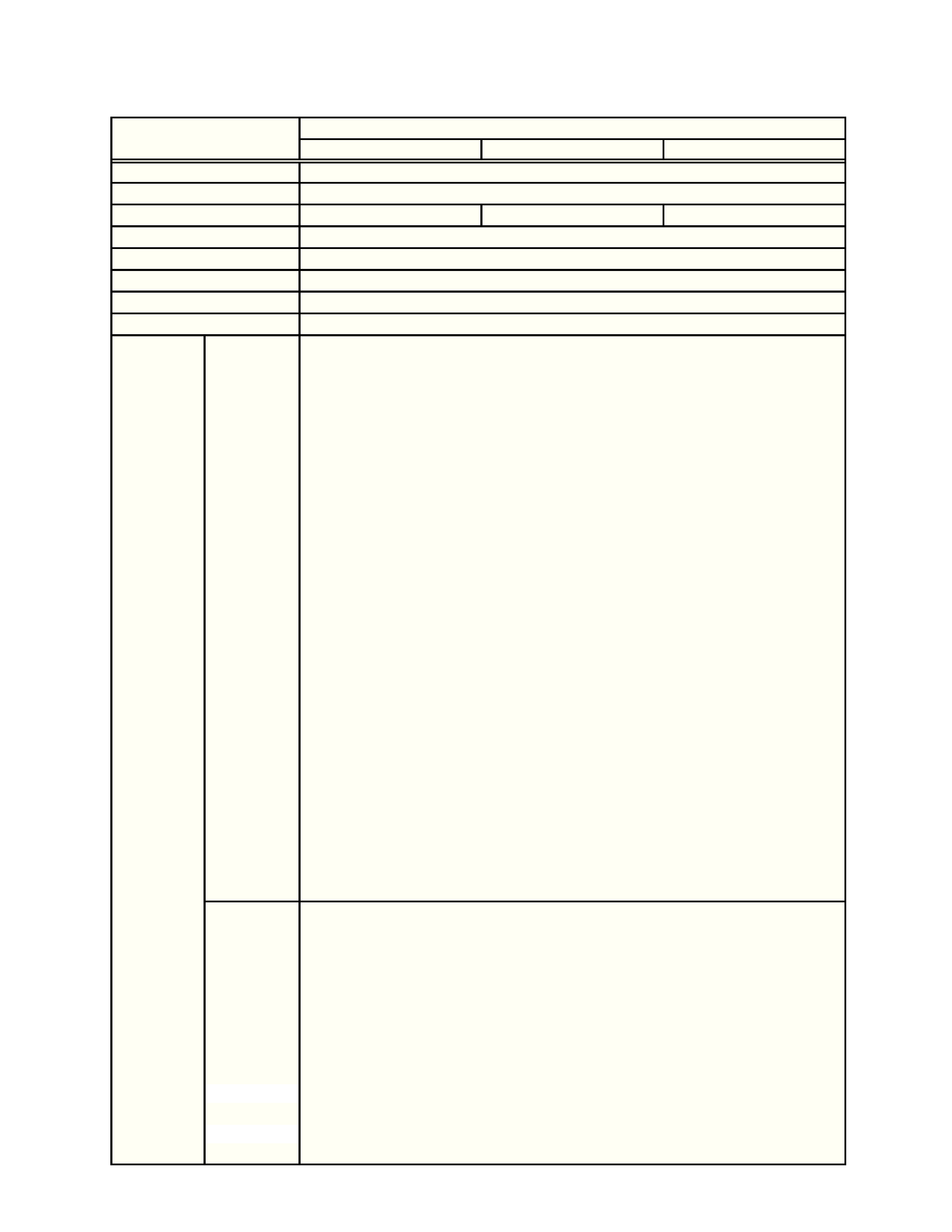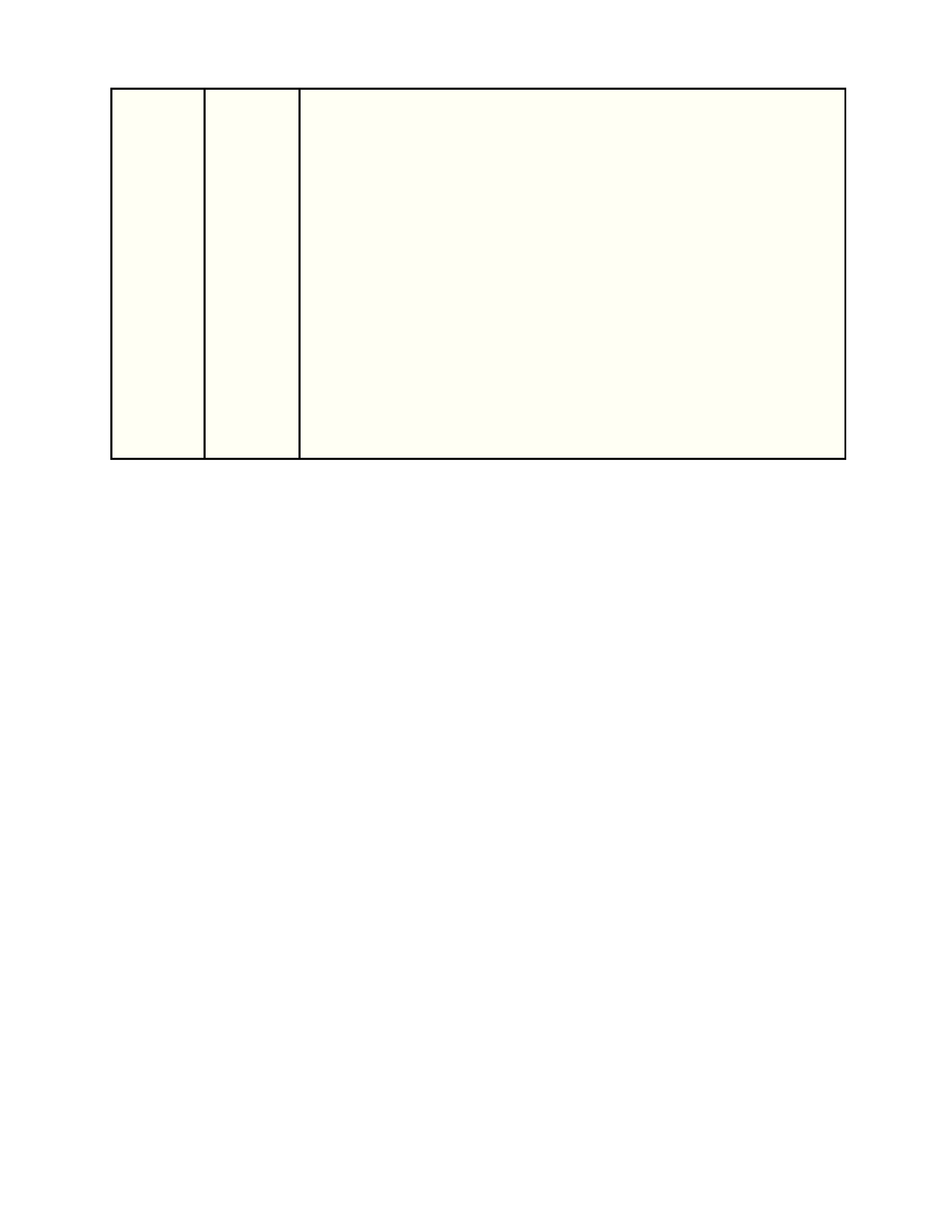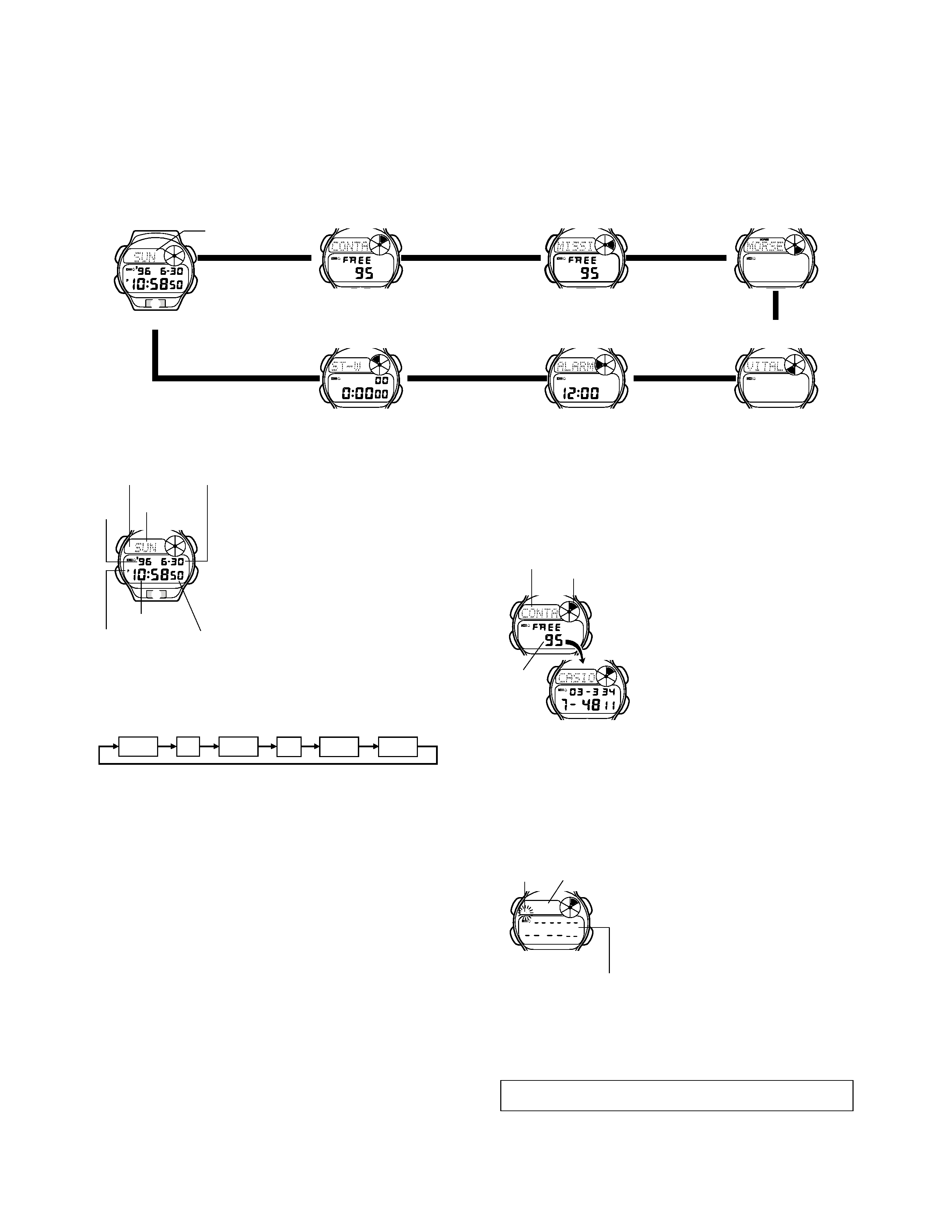
SERVICE MANUAL
& PARTS LIST
(WITHOUT PRICE)
QW-1444
QW-1699
QW-1826
MODULE NO.
R
REF. NO. S/M-578
NOVEMBER 1997
DW-8800MM
(QW-1444)
GT-003TH
(QW-1699)
DW-004X
(QW-1826)
INDEX

CONTENTS
Page
1. SPECIFICATIONS: QW-1444/1699/1826 ................................................... 1
2. OPERATION CHART ................................................................................. 3
2-1. QW-1444........................................................................................................
3
2-2. QW-1699........................................................................................................
9
2-3. QW-1826....................................................................................................... 11
3. DRAWINGS ................................................................................................ 13
3-1. BLOCK DIAGRAMS: QW-1444/1699/1826 .................................................
13
3-2. CHECKING TERMINALS AND COMPONENTS: QW-1444/1699/1826 ......
16
4. EXPLODED VIEW: QW-1444/1699/1826 .................................................. 18
5. PARTS LIST: QW-1444/1699/1826 ........................................................... 19
6. PRECAUTIONS FOR REPAIR: MODULE QW-1444/1699/1826 .............. 21
6-1. AC (ALL CLEAR) AND REMOVING OF MODULE .....................................
21
6-2. ACCURACY CHECKING .............................................................................
22
6-3. BATTERY REPLACEMENT.........................................................................
22

-- 1 --
1. SPECIFICATIONS: QW-1444/1699/1826
QW-1444
QW-1699
QW-1826
Battery
CR2016
Battery life
Approx. 1.5 years
Current consumption
3.00
µA maximum
6.47
µA maximum
6.84
µA maximum
Alarm system
Piezo plate on Cover/Back
Accuracy
±15 sec./month
Accuracy setting system
Capacitor/Trimmer
Accuracy checking
See page 22
Accuracy setting
+0.25 ~ +0.35 sec./day
Functions
QW-1444
· Shock resistant (G-SHOCK)
· Electro-luminescent backlight
· Low-temperature resistant (20
°C)
· Contact Code function
Memory capacity: up to 100 sets of data, each set including name
(8 characters) and telephone number (12 digits)
Other: Auto sort function, remaining memory display
· Mission Code function
Memory capacity: up to 100 sets of data, each set including; month, date,
hour, minutes and text (11 characters)
*
Memories shared between Contact Code and Mission Code
· Morse Code function
Conversion between Morse code and text/numbers: Tone/backlight
Morse code output
· Vital Statistics/ID function
Name (16 characters), blood type, (Rh factor/ABO type), date of birth
(year, month, date), Credit Card Number (built-in title, 8 characters and
12 digits), Licence Number (built-in title, 8 chracters and 12 digits),
Passport Number (built-in title, 8 characters and 12 digits), Two undefined
items (8 characters and 12 digits)
· 1/100 sec. stopwatch
Measuring capacity: 23:59'59.99"
Measuring mode: Net time, split time, 1st-2nd place times
· Regular timekeeping: Hr, min, sec, pm, yr, month, date, day
· Auto-calendar (Pre-programmed until the year 2039)
· 12/24-hour formats
· Daily alarm
· Hourly time signals
QW-1699
· Shock resistant (G-SHOCK)
· Electro-luminescent backlight
(Auto light switch, afterglow, flash feature)
· Low temperature resistance (20
°C)
· BPM (Beats Per Minute) counter
· 1/100 sec. stopwatch
Measuring capacity: 23:59'59.99"
Measuring mode: Elapsed time, split time, 1st-2nd place times
· Regular timekeeping: Hr, min, sec, pm, month, date, day
· Auto-calendar (Pre-programmed until the year 2039)
· Daily alarm
· Hourly time signals
· 12/24-hour formats
Detail
Item

-- 2 --
Functions
QW-1826
· Shock resistant (G-SHOCK)
· Electro-luminescent backlight
(Auto light switch, afterglow, flash feature)
· Low temperature resistant (20
°C)
· 1/100 sec. stopwatch
· Measuring capacity: 23:59'59.99"
Measuring mode: Elapsed time, split time, 1st-2nd place times
· Countdown alarm
Input range: 1 sec. to 24 hr.
Unit: 1/10 sec.
Auto-repeat function
· Regular timekeeping: Hr, min, sec, pm, month, date, day
· Auto-calendar
(Pre-programmed until the year 2039)
· Daily alarm
· Hourly time signal
· 12/24-hour formats

-- 3 --
2. OPERATION CHART
2-1. QW-1444
· If the contents of the upper part of the display seem to be continually
changing, see "AUTO DISPLAY FUNCTION" for information on how to
stop it.
· Press M to change from mode to mode.
· Press L to illuminate the display for about two seconds. While Morse code
data is on the display in the Morse Code Mode, pressing L does not
illuminate the display.
Timekeeping Mode
A
B
C
M
L
Stopwatch Mode
· When the text in the text area of the display contains more than five
characters, it automatically scrolls. Text scrolling in the text area stops
moving whenever an alarm is sounding.
· In any mode other than Stopwatch Mode, the watch automatically returns to
the Timekeeping Mode if you do not perform any button operation for two or
three minutes.
w
Alarm Mode
w
w
Mission Code Mode
Morse Code Mode
Vital Statistics/ID Mode
Contact Code Mode
w
w
w
w Light
Mode
Text area
A
C
M
TIMEKEEPING MODE
In addition to normal timekeeping, the Timekeeping
Mode is also used to set the current time and
date. You can also adjust the seconds count to
"00" at any time by pressing two buttons.
To adjust the seconds count to "00"
In the Timekeeping Mode, press B and C
simultaneously to adjust the seconds count to
00.
· If you press B and C at the same time while
the seconds count is in the range of 30 to 59, the
seconds are reset to 00 and 1 is added to the
minutes. If the seconds count is in the range of
00 to 29, the minutes count is unchanged.
To set the time and date
1. Hold down A while in the Timekeeping Mode until the seconds digits start
to flash on the display. The seconds flash because they are
selected.
· While the seconds digits are selected (flashing), press C to reset the
seconds to 00.
2. Press M to change the selection in the following sequence.
3. While any other digits (besides seconds) are selected (flashing), press C
to increase the number or B to decrease it. Holding down either button
changes the current selection at high speed.
· While any digits are selected, press L to switch between the 12-hour and
24-hour formats.
· When the 12-hour format is selected, the 12H indicator appears in place
of the day of the week in the text area of the display. With the 12-hour
format, the P indicator appears on the display to indicate "p.m." times.
There is no indicator for "a.m." times.
Selecting the 24-hour format causes the 24H indicator to appear in place
of the day of the week in the text area, and the 24 indicator to appear on the
display.
4. After you set the time and date, press A to return to the Timekeeping
Mode.
· The day of the week is automatically set in accordance with the date.
· The date can be set within the range of January 1, 1995 to December 31,
2039.
· If you do not operate any button for a few minutes while a selection is
flashing, the flashing stops and the watch goes back to the Timekeeping
Mode automatically.
About the backlight
Press L to illuminate the display for about two seconds. While Morse code
data is on the display in the Morse Code Mode, pressing L does not
illuminate the display.
Notes
· The backlight of the watch employs an electro-luminescent (EL) light, which
loses illuminating power after very long use.
· The backlight remains lit for about two seconds from the point you press
L , even if it already lit when you press L . If you keep L depressed for
one or two minutes, the backlight will automatically turn off.
· The illumination provided by the backlight may be hard to see when viewed
under direct sunlight.
Seconds
Hour
Minutes
Year
Month
Date
Text area
Month Date
PM indicator
Hour : Minutes
Seconds
Year
Day of week
· The backlight automatically stops illuminating whenever an alarm sounds.
· The watch will emit an audible sound whenever the display is illuminated.
This is caused by a transistor that vibrates when the EL panel lights up. It
does not indicate malfunction of the watch.
CONTACT CODE MODE
The Contact Code Mode lets you store up to
100* sets of contact data (such as telephone
numbers). Stored data is sorted automatically
into alphabetic sequence based on the text
area text.
* The Contact Code Mode shares memory with
the Mission Code Mode. This means that the
maximum number of Contact Code Mode
entries you can store is reduced by one each
time you store a Mission Code Mode data
item.
· Whenever you enter the Contact Code Mode,
the text CONTACT CODE scrolls across
the text area of the display once. Next, contact
code data appears on the display. You can
interrupt scrolling of the initial text and
immediately display contact code data at any
time by pressing A , B , or C .
· See the "CHARACTER LIST" at the back of this manual for details on how
the watch sorts data.
· The data item that appears on the display when you enter the Contact Code
Mode is the same one that was displayed the last time you exited the
Contact Code Mode.
A
B
C
M
Text area
Mode indicator
Remaining
memory
To input new contact code data
1. In the Contact Code Mode, press B and C at
the same time to display the new data display.
· If there is no contact code data stored in memory
yet, the new data display appears as soon as
you enter the Contact Code Mode.
· If the message FULL appears in the text area
of the display, it means that memory is full. To
store more data, you will first have to delete
some of the data stored in memory.
2. Hold down A until the flashing cursor appears in the text area of the
display.
3. Input a name in the text area and a contact number in the number area.
· You can input up to eight characters in the text area, and 12 digits in the
number area.
· You can input only hyphens, numbers and spaces in the number area (you
cannot input text).
Use B and C to input characters, and M to move the cursor around the
display. For details, see "INPUTTING TEXT".
4. After inputting your data, press A to store it and return to the Contact
Code Mode.
· When you press A to store data, the message SORT appears on the
display for a few seconds. After the sort operation is complete, the normal
Contact Code Mode display (without the cursor) appears.
A
B
C
M
Cursor
Text area
Number area
[New Data Display]
GENERAL GUIDE
B
L
